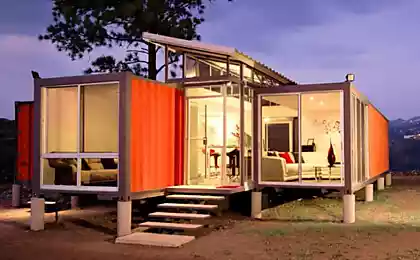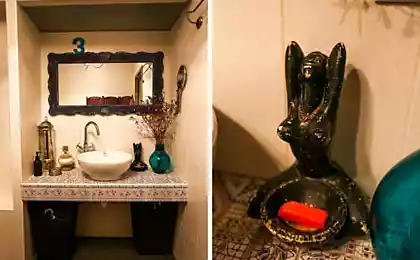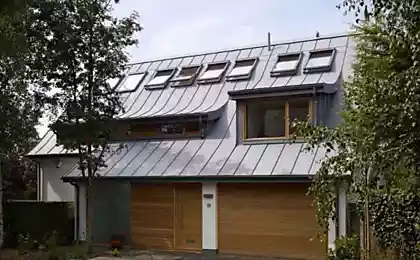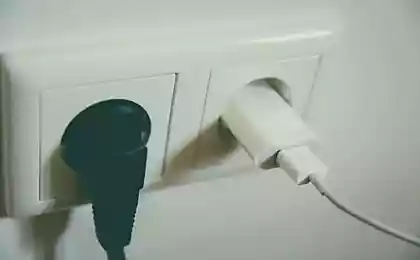500
Eco-friendly finishing materials: 10 tips for choosing
The problem of application in the finishing of eco-friendly materials have been discussed recently. The main reason for the attention to this topic was "housing" syndrome — an acute reaction of citizens to the toxins from harmful materials: nausea, headache, irritation of eyes and skin, similar to an allergic reaction. How to maintain your health and the health of their loved ones? 1. Do not skimp safety Criteria correspond to the traditional natural materials — wood and stone. They are completely harmless and contribute to the creation of a favorable climate.
However, for obvious reasons, natural materials are not always able to be used in a modern apartment. In this regard, the decoration is often applied to products based on natural resources, glass, ceramics, decorative plaster, products made of natural fibers. Of course, as a rule, they are not cheap, but is it worth it to skimp on your safety?
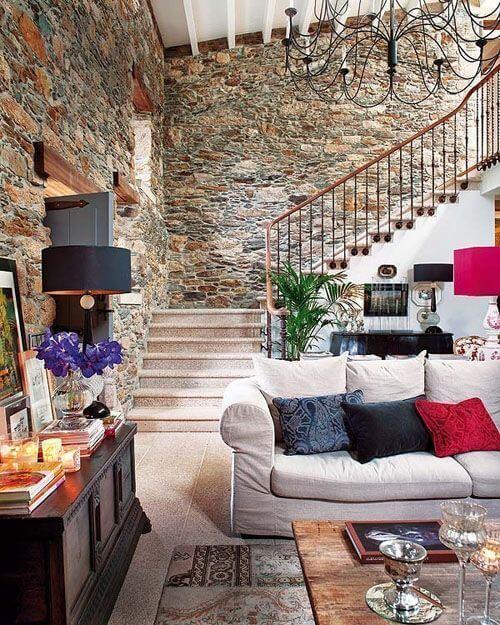
2. Think about exceptions
At first glance, the "recipe" for the correct choice is quite simple — to use materials of mineral and vegetable origin. This statement is not always true — for example, the flooring can be poorly applied synthetic varnish, and the harmful laminate, linoleum or ceilings can be completely safe. The main thing — not the origin of finishing material, and technology used in its production.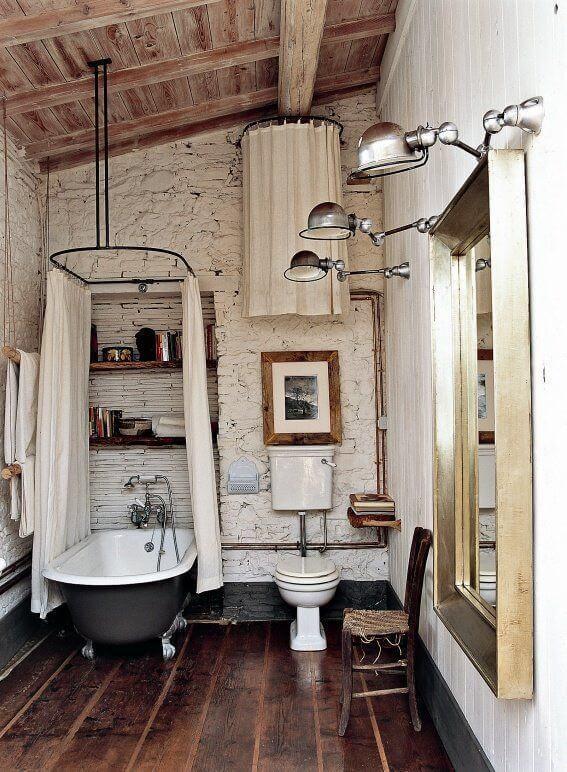
3. Learn the necessary certificates
Each finishing material must have sanitary-epidemiological conclusion. This applies to all goods sold on the construction markets in their respective stores. Such certificates are issued after a detailed study of the production, which reveals its compliance with sanitary norms. All the necessary documents you can ask your salesperson or visit the website of the supplier. One more thing — where exactly the material has passed certification. European standards are more stringent than the Russian, so the products produced in Europe is likely to be more environmentally friendly.
4. Pay attention to the smell
When unpleasant specific odor emanating from a product, you don't have to read his certificate. Chemical smell — a kind of marker to indicate that the material emit toxic substances. Most likely, it is dangerous to health, and buying it is not worth it.
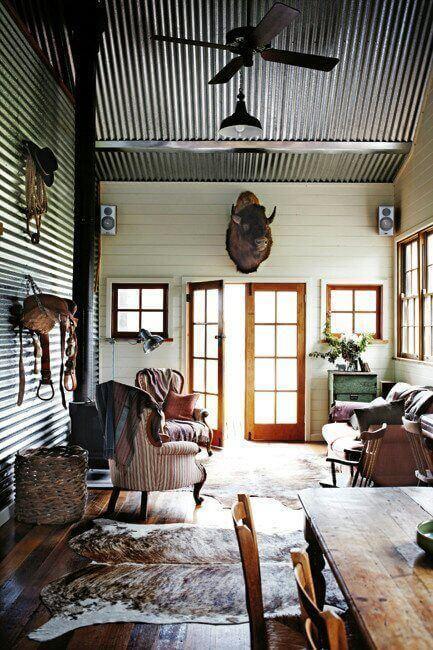
5. Refrain from PVC
Manufacturers of PVC products assure that the apartment is without this harmful plastic do not. This is only partly true — today, PVC can be replaced by "chlorine free" plastic, wood, metal or glass. So, many manufacturers of linoleum is used instead of the rubber and other environmentally friendly materials. In addition, the floor can be covered with traditional wooden parquet. Instead of plastic window frames you can use aluminum or solid wood. Cheap pipe to replace steel products, polyethylene, earthenware or copper. While PVC cables, connectors, electrical sockets, plugs and other "trifle" — analogues of silicone, ethylene-vinyl acetate, polyethylene or polyamide.
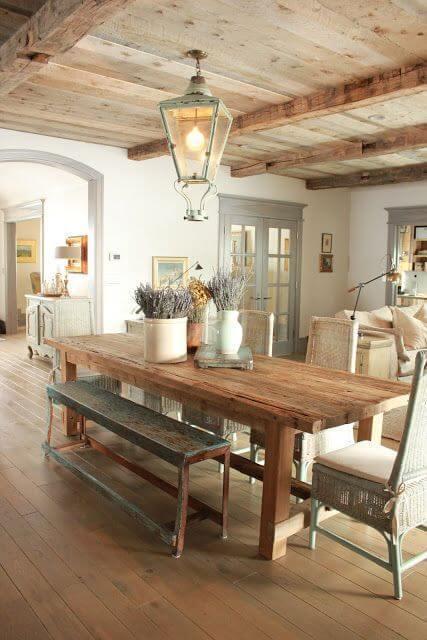
6. Choose classics
The most popular material for the walls remain eco-friendly paper Wallpaper. They allow air to "breathe", pleasantly pleased with its price and is suitable for the living room and child's room. Vinyl Wallpaper is washable, they are moisture resistant, dense, but not eco-friendly. Experts recommend to use them in the hallway, kitchen and other commercial premises. Another material, which should be treated with caution — linkrust. As a rule, it contains vinyl chloride and other mastics, which many times limits the scope of its application.
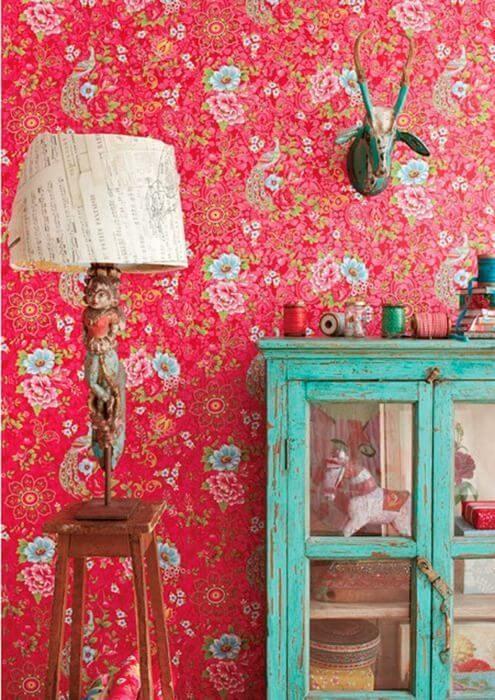
7. Think about all the little things
Often, making the environmentally friendly window or linoleum, buyers forget to check the paints, varnishes, sealants and other materials which pose a great danger. To protect yourself from exposure to toxic substances, try not to use for interior alkyd paints — oil and enamel, as well as nitro lacquer nitro.
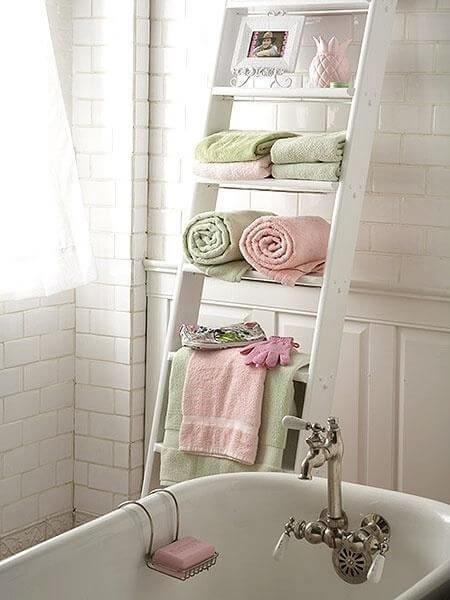
8. Look for signs
The undisputed leader among the materials for interior decoration is a water — soluble paint. They are moisture and fire resistant, dry quickly, do not emit harmful chemicals economical and practical to use. That paint does not contain volatile solvents and harmful emissions, shows the presence of Bank abbreviations ELE. The product has received such a mark, raw materials, additives, as well as the whole production process must pass a series of tests.
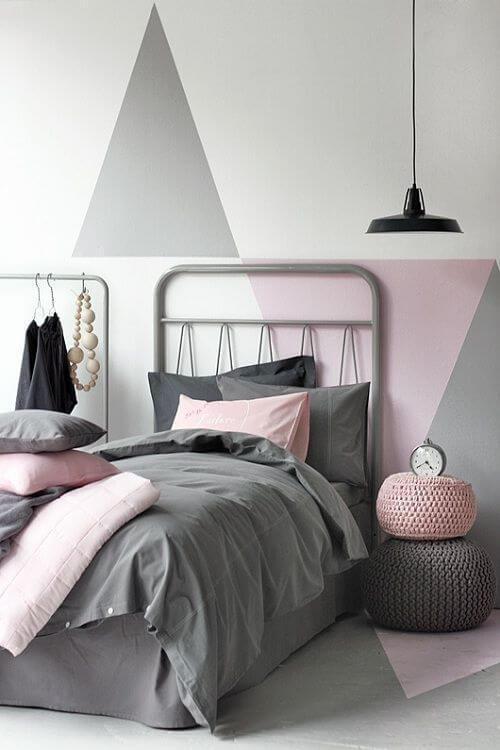
9. Check manufacturer
Cheap and low-quality varnishes and paints contain zinc oxide, cadmium compounds, chlorinated phenols, mercury and lead negatively affects human health. How to protect yourself from questionable purchase? In some European countries there are a number of strict legal restrictions. The most stringent regulations in Sweden, Denmark, Finland and Norway. Holding a jar of paint made in these countries, you can be sure that harmful substances are absent in it.
10. Pay attention to marking
Usually the packaging indicates the class of emission of harmful substances — the degree of environmental friendliness of the material. The safest products for living rooms, belong to the class E1. E2 marking indicates that the products can be used in so-called continuous areas for the repair of a bathroom, kitchen or hallway. The materials of the class E3 that is suitable only for areas of industrial use, in the apartment they can not be used. published Author: Julia Krutova
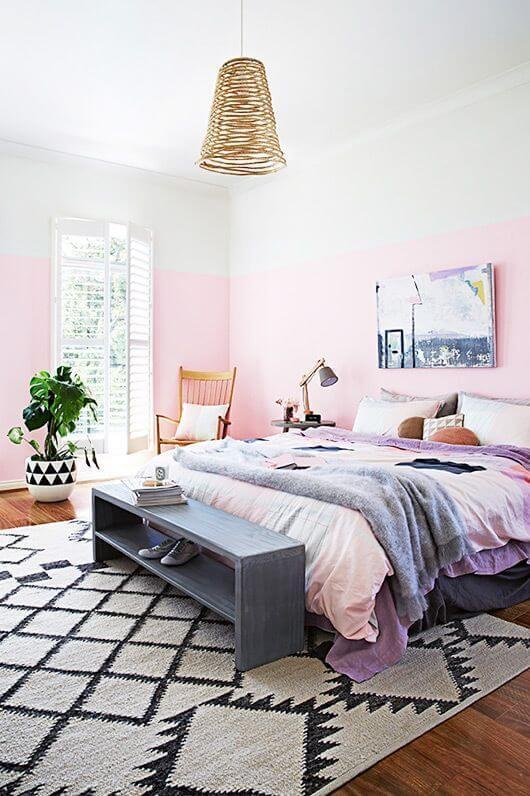
P. S. And remember, only by changing their consumption — together we change the world! © Join us at Facebook , Vkontakte, Odnoklassniki
Source: inmyroom.ru/posts/7806-ekologichnye-otdelochnye-materialy-10-sovetov-po-vyboru
However, for obvious reasons, natural materials are not always able to be used in a modern apartment. In this regard, the decoration is often applied to products based on natural resources, glass, ceramics, decorative plaster, products made of natural fibers. Of course, as a rule, they are not cheap, but is it worth it to skimp on your safety?

2. Think about exceptions
At first glance, the "recipe" for the correct choice is quite simple — to use materials of mineral and vegetable origin. This statement is not always true — for example, the flooring can be poorly applied synthetic varnish, and the harmful laminate, linoleum or ceilings can be completely safe. The main thing — not the origin of finishing material, and technology used in its production.

3. Learn the necessary certificates
Each finishing material must have sanitary-epidemiological conclusion. This applies to all goods sold on the construction markets in their respective stores. Such certificates are issued after a detailed study of the production, which reveals its compliance with sanitary norms. All the necessary documents you can ask your salesperson or visit the website of the supplier. One more thing — where exactly the material has passed certification. European standards are more stringent than the Russian, so the products produced in Europe is likely to be more environmentally friendly.

4. Pay attention to the smell
When unpleasant specific odor emanating from a product, you don't have to read his certificate. Chemical smell — a kind of marker to indicate that the material emit toxic substances. Most likely, it is dangerous to health, and buying it is not worth it.

5. Refrain from PVC
Manufacturers of PVC products assure that the apartment is without this harmful plastic do not. This is only partly true — today, PVC can be replaced by "chlorine free" plastic, wood, metal or glass. So, many manufacturers of linoleum is used instead of the rubber and other environmentally friendly materials. In addition, the floor can be covered with traditional wooden parquet. Instead of plastic window frames you can use aluminum or solid wood. Cheap pipe to replace steel products, polyethylene, earthenware or copper. While PVC cables, connectors, electrical sockets, plugs and other "trifle" — analogues of silicone, ethylene-vinyl acetate, polyethylene or polyamide.

6. Choose classics
The most popular material for the walls remain eco-friendly paper Wallpaper. They allow air to "breathe", pleasantly pleased with its price and is suitable for the living room and child's room. Vinyl Wallpaper is washable, they are moisture resistant, dense, but not eco-friendly. Experts recommend to use them in the hallway, kitchen and other commercial premises. Another material, which should be treated with caution — linkrust. As a rule, it contains vinyl chloride and other mastics, which many times limits the scope of its application.

7. Think about all the little things
Often, making the environmentally friendly window or linoleum, buyers forget to check the paints, varnishes, sealants and other materials which pose a great danger. To protect yourself from exposure to toxic substances, try not to use for interior alkyd paints — oil and enamel, as well as nitro lacquer nitro.

8. Look for signs
The undisputed leader among the materials for interior decoration is a water — soluble paint. They are moisture and fire resistant, dry quickly, do not emit harmful chemicals economical and practical to use. That paint does not contain volatile solvents and harmful emissions, shows the presence of Bank abbreviations ELE. The product has received such a mark, raw materials, additives, as well as the whole production process must pass a series of tests.

9. Check manufacturer
Cheap and low-quality varnishes and paints contain zinc oxide, cadmium compounds, chlorinated phenols, mercury and lead negatively affects human health. How to protect yourself from questionable purchase? In some European countries there are a number of strict legal restrictions. The most stringent regulations in Sweden, Denmark, Finland and Norway. Holding a jar of paint made in these countries, you can be sure that harmful substances are absent in it.

10. Pay attention to marking
Usually the packaging indicates the class of emission of harmful substances — the degree of environmental friendliness of the material. The safest products for living rooms, belong to the class E1. E2 marking indicates that the products can be used in so-called continuous areas for the repair of a bathroom, kitchen or hallway. The materials of the class E3 that is suitable only for areas of industrial use, in the apartment they can not be used. published Author: Julia Krutova

P. S. And remember, only by changing their consumption — together we change the world! © Join us at Facebook , Vkontakte, Odnoklassniki
Source: inmyroom.ru/posts/7806-ekologichnye-otdelochnye-materialy-10-sovetov-po-vyboru












